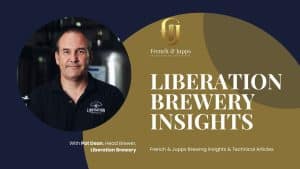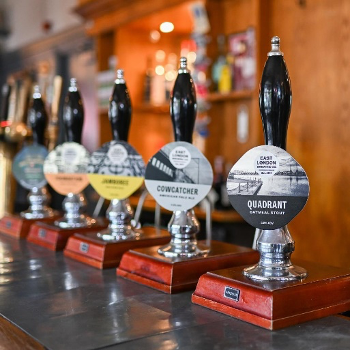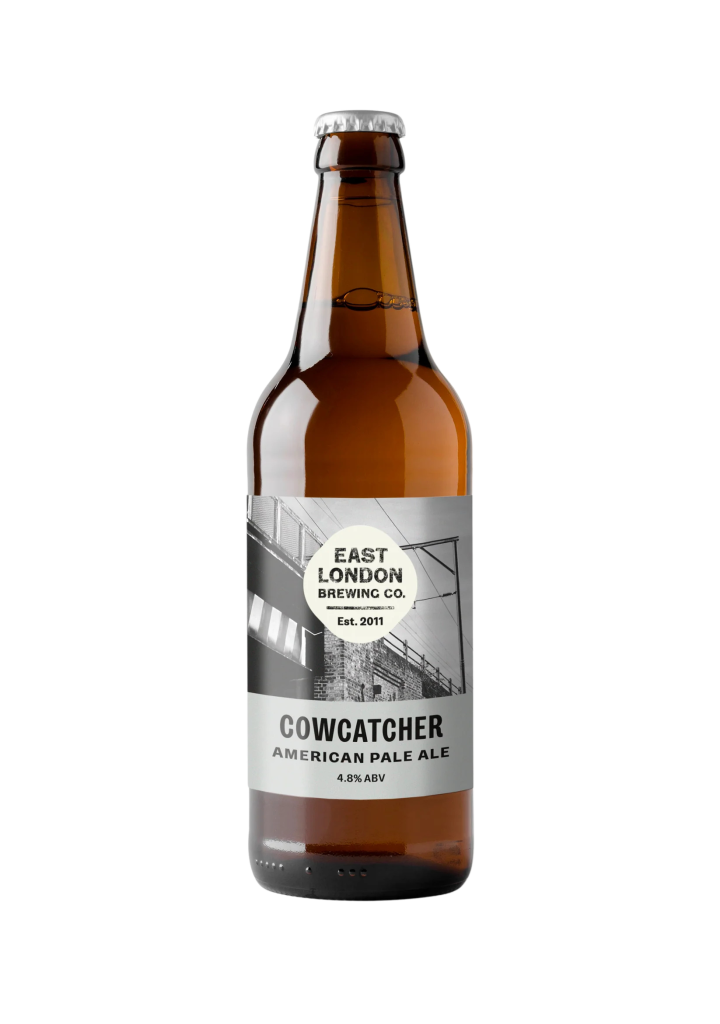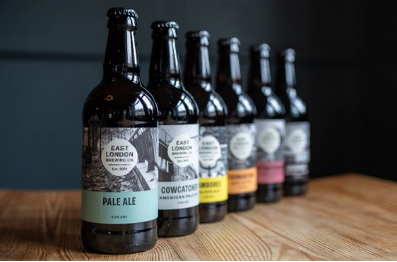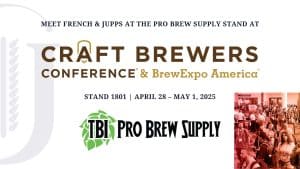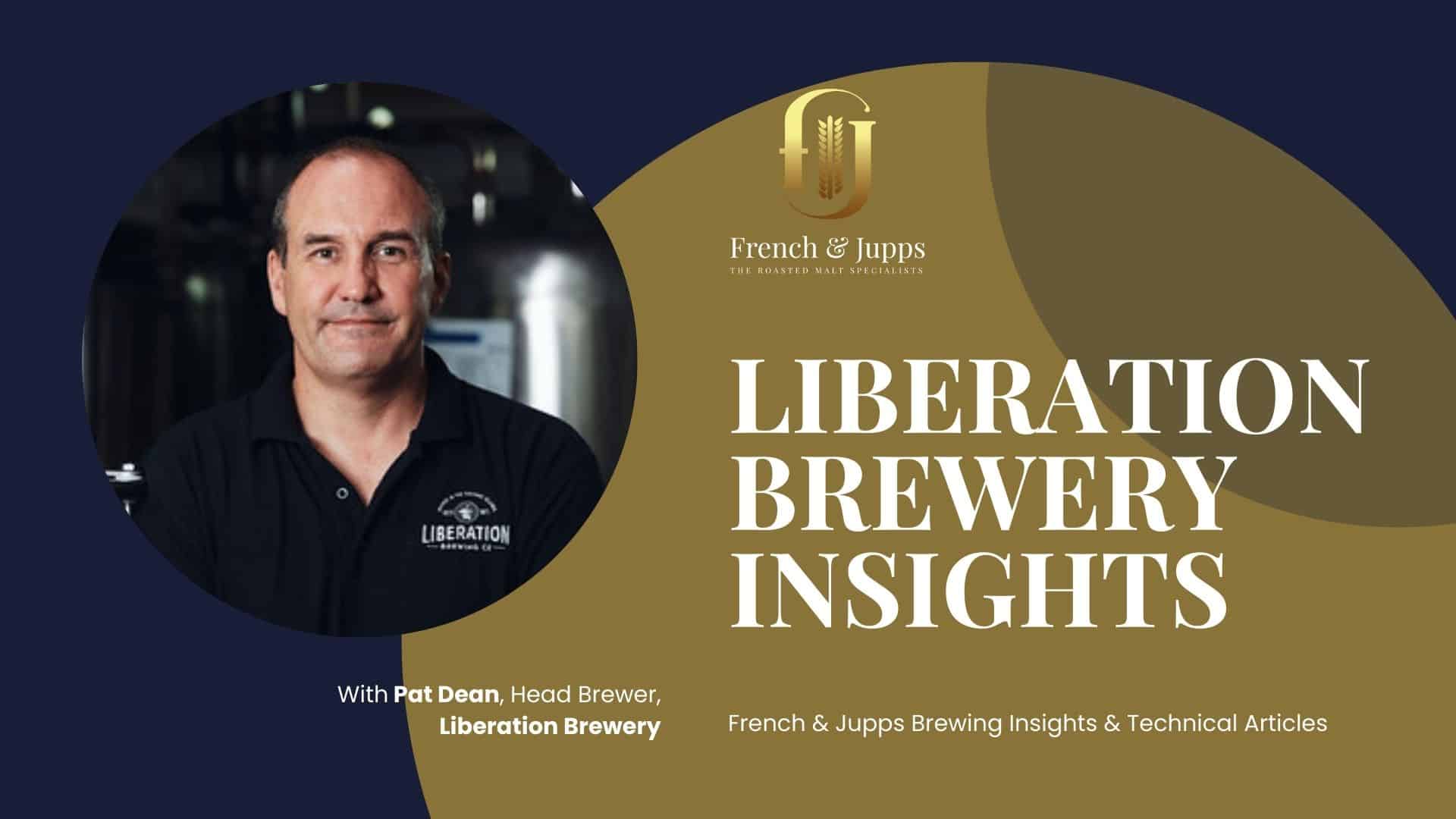George Boustred, Head Brewer, East London Brewing Co.
East London Brewing Company, established in 2011, has been a key player in the UK's craft beer resurgence. Known for their consistent quality and diverse range, from the classic Foundation Best Bitter to seasonal innovations, they exemplify both tradition, progress and quality. In this article, we explore the role of roasted malt in their brewing process, gaining insights from Head Brewer George Boustred, who discusses with us how they utilise roasted malts to achieve distinctive flavours and drive innovation at East London Brewing Co. and more.
